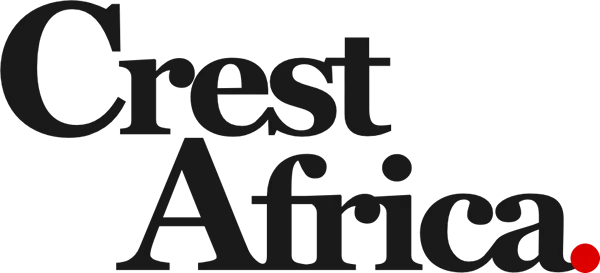Namibia has rolled out an ambitious plan to reclaim its upper-middle-income status under the leadership of its first female president, Netumbo Nandi-Ndaitwah.
This follows the World Bank’s recent downgrade of the Southern African nation to lower-middle-income, after a drop in gross national income per capita to below the $4,496 threshold, largely due to slowed economic activity and population growth.
In response, President Nandi-Ndaitwah’s administration is aiming for a 7% annual economic growth rate, a target expected to push per capita income above $6,000 by 2030.
This goal is centered on investments in green hydrogen, renewable energy, and value-added manufacturing to drive GDP expansion.
Last year, Namibia’s economy grew by 3.7%, down from 4.4% in 2023, mainly because of a decline in mining output, according to Bloomberg.
“We take this to be a temporary setback,” President Netumbo Nandi-Ndaitwah stated in the foreword of the government’s latest national development plan.
“It is possible to increase the per capita income above $6,000 by 2030.”
Don’t Miss This:
Russian Firm Eyes Key Partnership Role In Namibia’s First Nuclear Power Plant
The government plans to create 30,000 jobs in the green sector by 2030 and increase renewable energy capacity to nearly 700 megawatts by 2028.
Green hydrogen is expected to become a key export and a catalyst for industrial development.
Namibia remains one of the world’s top uranium producers, giving it an advantage in the push for clean energy and positioning it as a hub for green hydrogen and critical minerals.
The country also aims to start producing oil and gas from recent offshore discoveries by 2029.
The target is to grow the manufacturing sector’s contribution to GDP from 15.6% to 18%.
To fund these goals, Namibia will rely on revenues from mining, oil, gas, and green hydrogen, along with a mix of domestic and foreign investments, both public and private.
In a related move, Namibia and Botswana have begun discussions to boost regional energy security through a joint oil refinery project.
During a recent working visit to Gaborone, President Nandi-Ndaitwah met with Botswana’s President Duma Boko to advance the talks.
The planned refinery and possible coordination on oil production could reshape the regional energy landscape.
In 2023, Namibia imported $1.52 billion worth of refined petroleum, making it its largest import and placing the country 92nd among global importers.
Its main suppliers were India ($395 million), the UAE ($284 million), Saudi Arabia ($206 million), Oman ($163 million), and Malaysia ($108 million), highlighting its current dependence on foreign energy, especially from Asia and the Middle East.
Botswana, for its part, imported $1.08 billion of refined petroleum in 2023, also its top import, ranking 105th globally.
Don’t Miss This:
Namibia Adopts Ghana’s Gold Strategy To Stabilize Nation’s Economy
Image Credit: Business Insider Africa



